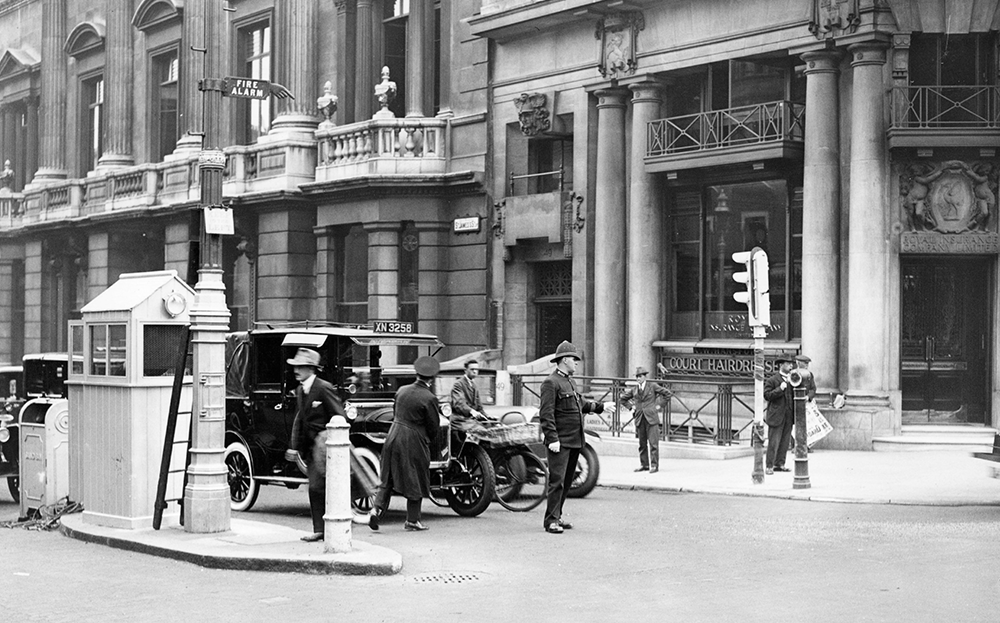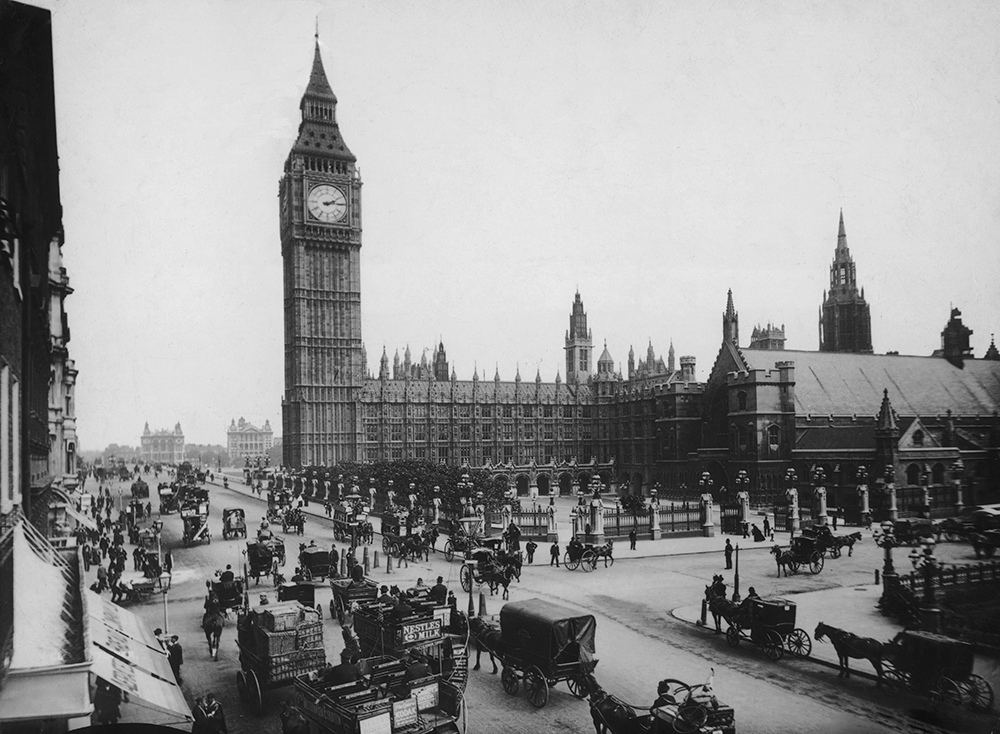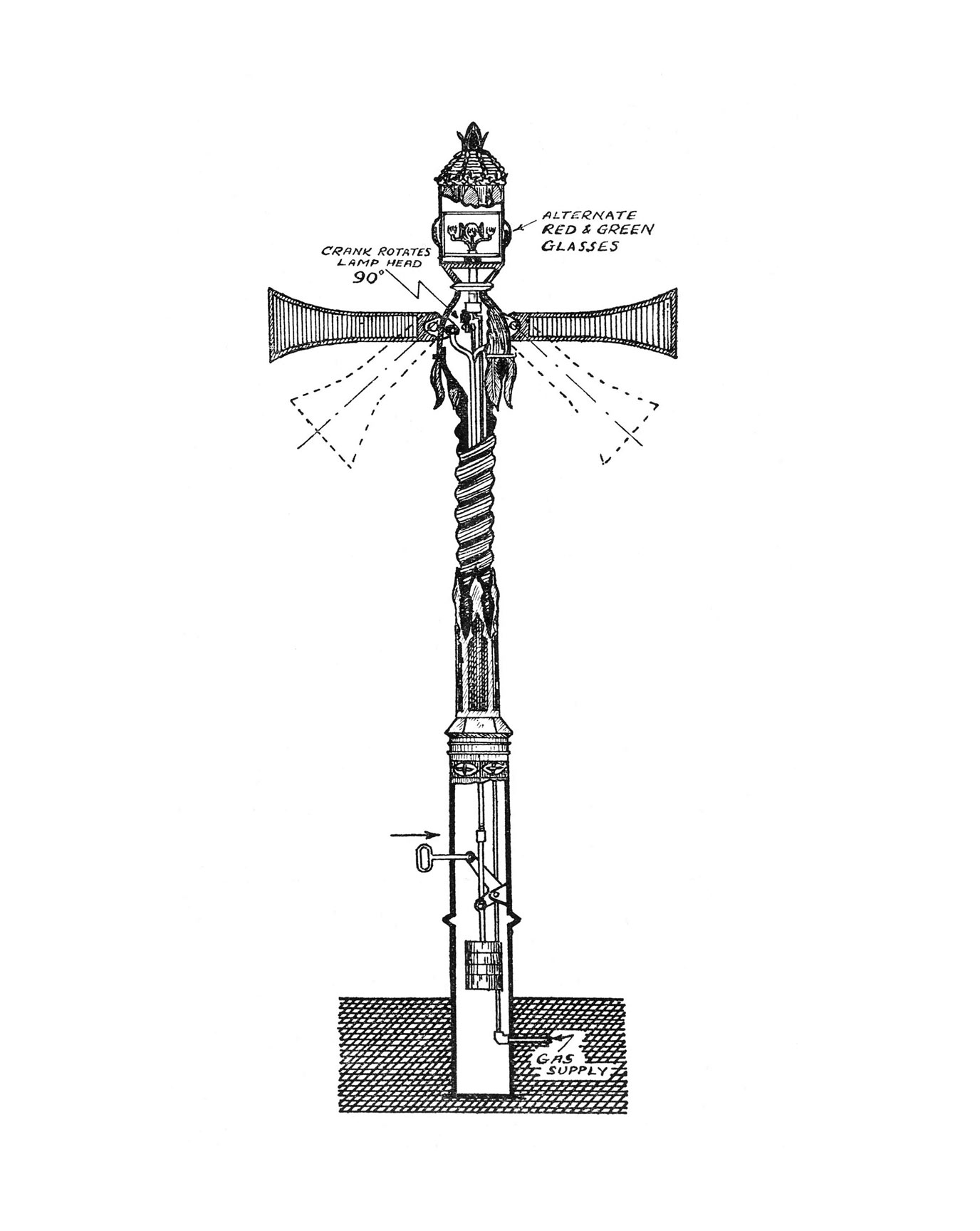Test your knowledge: When and where were the first traffic lights installed?
Light of our lives

TRAFFIC LIGHTS: godsend for the pedestrian; scourge of the impatient driver; invisible to the cyclist. It is reckoned that 15,000 road junctions in Britain are now controlled by traffic lights, an increase of 25% since 2000.
Browse NEW or USED cars for sale on driving.co.uk
For some people, enough is enough: 80% of traffic lights should be removed, according to the Institute of Economic Affairs (IEA), to improve road safety and to boost the economy and reduce pollution by keeping traffic moving.
But where and when did the epidemic begin? Scroll down for the answer.
Green light: keep scrolling …

Traffic lights are a British invention. John Peake Knight, a railway engineer and inventor, is credited with designing the first set, which was installed on December 9, 1868, outside the Houses of Parliament, at the junction of Great George Street and Bridge Street in Parliament Square.
The motorcar had yet to hit the streets of London, but horse-drawn carriages were proliferating and traffic flow was somewhat chaotic. More than 1,000 people were killed each year on the capital’s roads. The photo above taken circa 1897, gives an idea of the disorder.
Knight decided that main and side roads could be treated in the same way as main and branch railway lines, with a priority system whereby traffic flow from one direction could be halted. In 1865 he approached the Metropolitan police commissioner with the idea of using railway-style signals on the roads, and soon came up with a design.

As with railway signals, Knight’s device used semaphore-style signals: horizontal arms meant stop; arms at a 45-degree angle meant caution. At the top of the contraption’s 22ft post was a gas-powered lamp with a revolving head, on opposing sides of which were green and red glasses. The gas lamp signal was employed at night. Both the daytime arms and the night-time lamp were operated by a policeman.
The system was an immediate success, and Knight confidently predicted that many more signals would appear in London. However, after just a month a gas leak caused an explosion that badly burnt a policeman’s face, and the signal was withdrawn from use.
It took 40 years for traffic lights to reappear, with the introduction of mass electrification in America. London’s first electric traffic light was installed on the corner of St James’s Street, Piccadilly, in 1926 (see main picture). Again, police were stationed next to the lights at all times — this time to ensure drivers obeyed the new signals.





